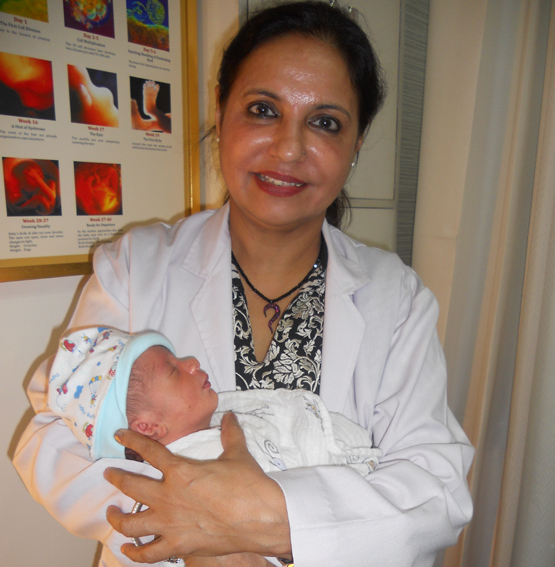With no doubt to say for the researchers claim to have grown a technique that could let them to quickly and cheaply hand-pick IVF embryos with the best chance of forming a baby – thoroughly developing the chances of conception for millions of couples.
Around the world, about five million babies have been born as a result of IVF. But only around one in three IVF cycles truly result in a booming pregnancy. And at thousands of pounds per cycle that associates to a lot of financial and emotional pain for expectant couples.
Fertilized embryos from an IVF cycle are selected based on how “Healthy” they appear. But the new technique holds the possible for screening embryos for defects in all 23 chromosome pairs — the main cause of embryo failure.
How Successful is IVF?
The probability of success with IVF is openly related to the age of the woman who gives the egg. Good programs have approximately 50% chance of a birth with one cycle when the egg provider is under 35 years of age. Between 35 to 39 years of age, the chances go down to about 35-40%, while women in their early 40’s will have around 25% chance of a birth with one single fresh cycle of IVF.
Success could be further affected by the condition of the uterus, particularly the endometrial lining and also by the number of eggs that are generated, often referred to as the ovarian reserve. The results quoted by clinics will also differ relying on patient’s medical characteristics and treatment approaches.
Success Rate with Frozen Embryos
As with IVF entailing fresh embryos, the age of the egg provider is the most important predictor of outcome. In general, 70% of embryos stored on day three is to survive the frozen process and we have been observing a 40% ongoing pregnancy rate with frozen embryo transfers, such as all ages of egg providers. Where patients have conventional and consistent ovulation, the natural cycle could be used, whereas in patients with uneven cycles or patients in the perimenopause, a controlled cycle using natural estrogen and progesterone is favored.
Options for Women over 40 Years of Age
When the egg provider is over 40 years of age, the chances of success using her own eggs reduce as we approach 45 and at age 45 the most aggressive IVF treatment using own egg will give up no greater than 1% chance of a birth. Between ages 40 to 42, the birth rate is in the range of 25% – 30% and between 43 to 45 around 12% – 15%.
These percentages assume a usual FSH and estradiol on cycle day three. IVF with egg donation comes as an option for all the patients when egg production or embryo quality appears to be the major factor. This renders particularly relevant for patients over age 40 especially with reduced ovarian reserve. Patients over 40 could profit from special strategies to get better to the response by using an Antagon protocol which avoids the direct ovarian suppression of Lupron. In addition, the blood supply to the pelvis particularly the ovaries may be developed by the addition of vaginal estradiol or suppositories of Viagra during the stimulation process.
In addition, comprehensive chromosomal screening (CCS) could assist us in picking embryos which have the maximum chance of being chromosomally normal, so decreasing the incidence of miscarriages in the patients over 40 while increasing the chances of delivering a normal baby.
 Gestational Surrogacy Gestational Surrogacy India: A Hub of Surrogate Mother Delhi
Gestational Surrogacy Gestational Surrogacy India: A Hub of Surrogate Mother Delhi





